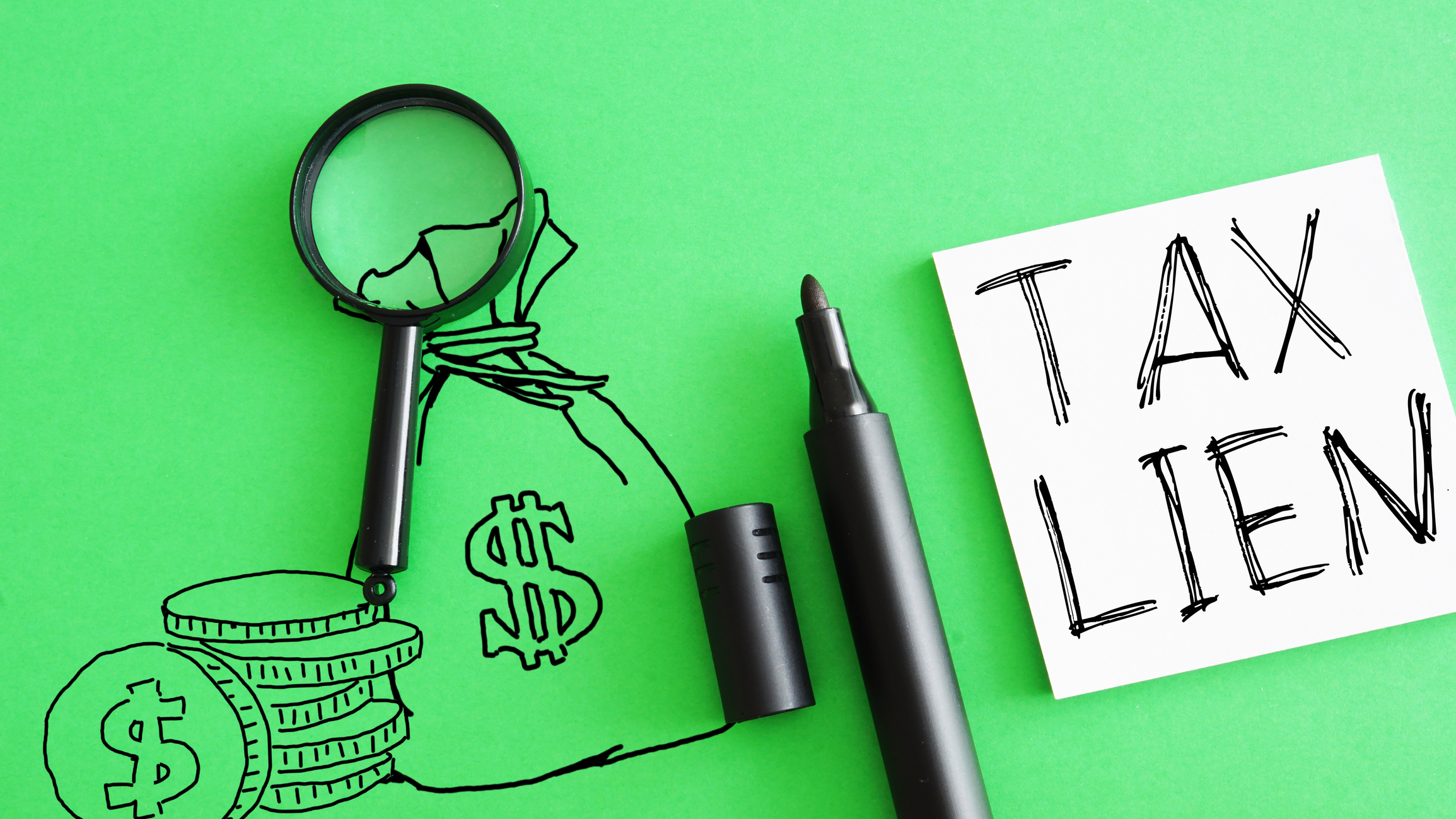
Some liens are eliminated by a bankruptcy discharge, while the majority are not. Consider tax liens, judgment liens, and mortgages. Although each of them is a lien, some are treated differently in bankruptcy. Some liens may even be diminished or removed. Read on for the basics and then contact Law Offices of Terrence Fantauzzi at (909) 552-1238 for help with your bankruptcy proceedings.
Basics of liens
A lien gives the creditor who is holding it a stake in the real or personal property of the debtor. This interest entitles the owner to demand the sale of the asset in order to satisfy the lien-secured debt. There are three types of liens: judicial, statutory, and voluntary.
Normally, the lien must be satisfied before any of the collateral’s value is transferred to the property owner. However, when you file for bankruptcy, some liens might be reduced in size or deleted entirely while others remain after you file. However, we must first identify the type of lien we are dealing with.
Voluntary liens
Liens that you voluntarily establish in favor of a creditor are known as voluntary liens. A classic example is a mortgage, as well as a lien that a lender has on your car. In order to ensure loan repayment in business, lenders frequently demand a lien on the company’s assets. Due to the lien, the lender has priority over other unsecured creditors in receiving payment.
Judgement liens
It should come as no surprise that judges create judicial liens. They are a result of court orders or judgements that impose temporary liens while a litigation is pending. Whether a judgment immediately creates a judicial lien depends on state law. In order to establish a lien on real estate in that county in California, the victorious party must also record an abstract of judgment.
Legitimate liens
Laws are what give rise to statutory liens. The most prevalent liens we come across are tax liens. Unpaid taxes, according to tax statutes, form a lien on all of the taxpayer’s assets.
Bankruptcy modifies the laws
A fundamental tenet of bankruptcy law states that a lien is only a “secured claim” to the degree that the asset to which it is attached has value.
A lien with a face value of $100,000 may be held by a creditor. However, if the asset it is attached to only had $15,000 in equity, the lien holder would have an unsecured claim for $85,000 in addition to a secured claim for $15,000.
Another fundamental principle of bankruptcy law states that liens continue to exist as a charge on the property they are attached to even after bankruptcy, absent further procedures in bankruptcy court.
Therefore, we are extremely interested in learning which liens can be canceled or diminished by a bankruptcy proceeding and in which chapter of bankruptcy those proceedings can be filed.
Legal liens are defeated through exemptions
The debtor may avoid (invalidate) a judicial lien that affects an exemption to which the debtor is entitled in any chapter of bankruptcy. If there is not enough value in the asset to pay the exemption and have anything left over for the lien, the lien may be completely erased depending on the statistics.
Alternately, the judicial lien could be diminished as needed to create enough value to pay for the exemption. This only functions with judicial liens. Assets are not shielded against statutory or voluntary liens by exemptions. Learn more about these and other options by contacting a bankruptcy attorney at Law Offices of Terrence Fantauzzi at (909) 552-1238.
